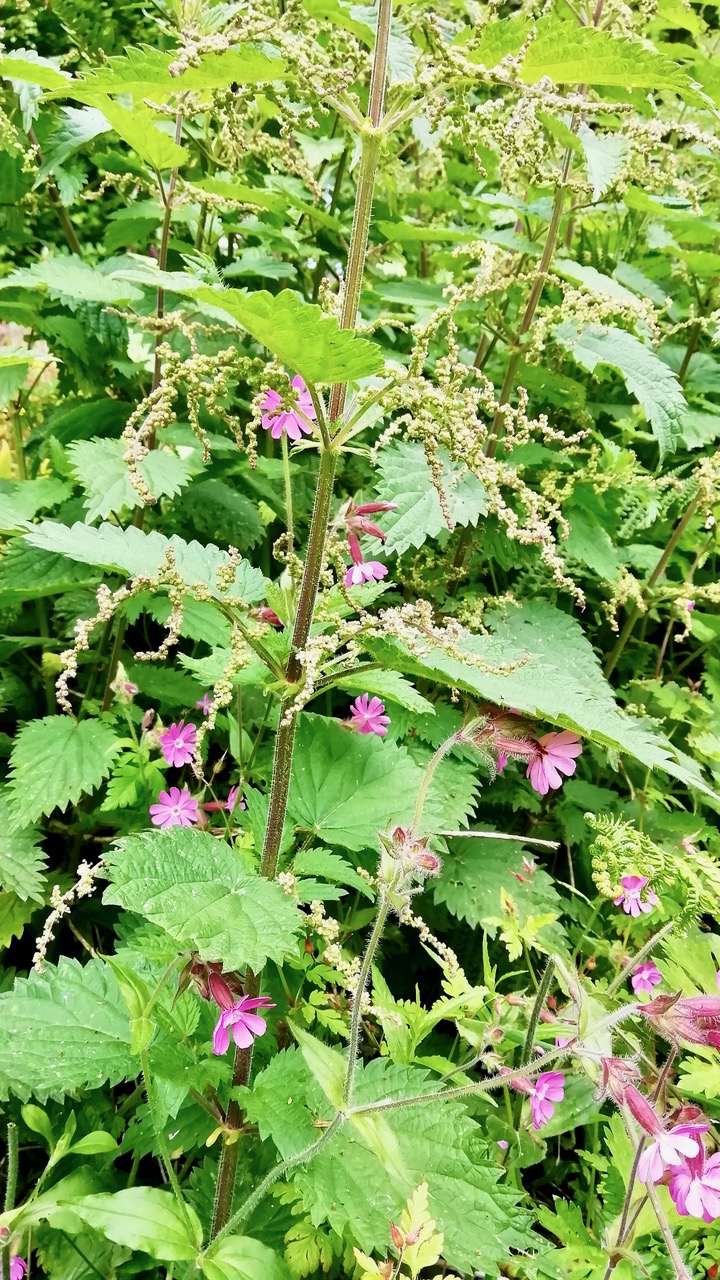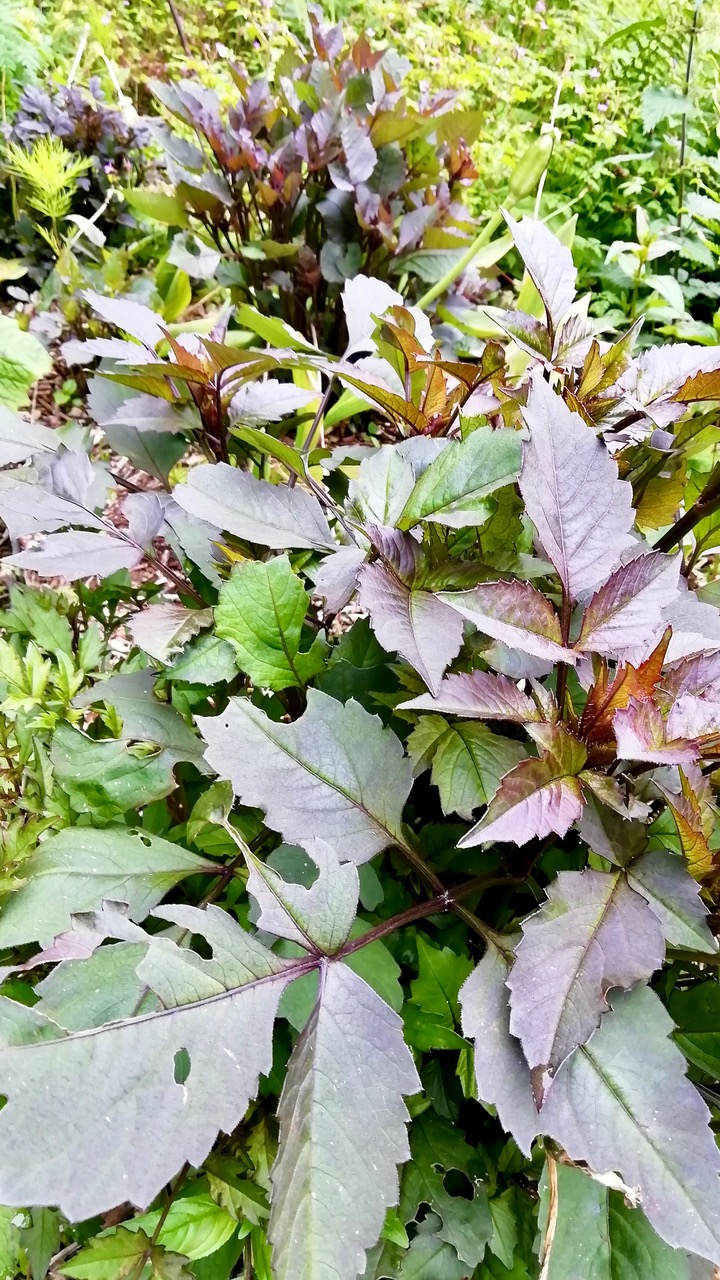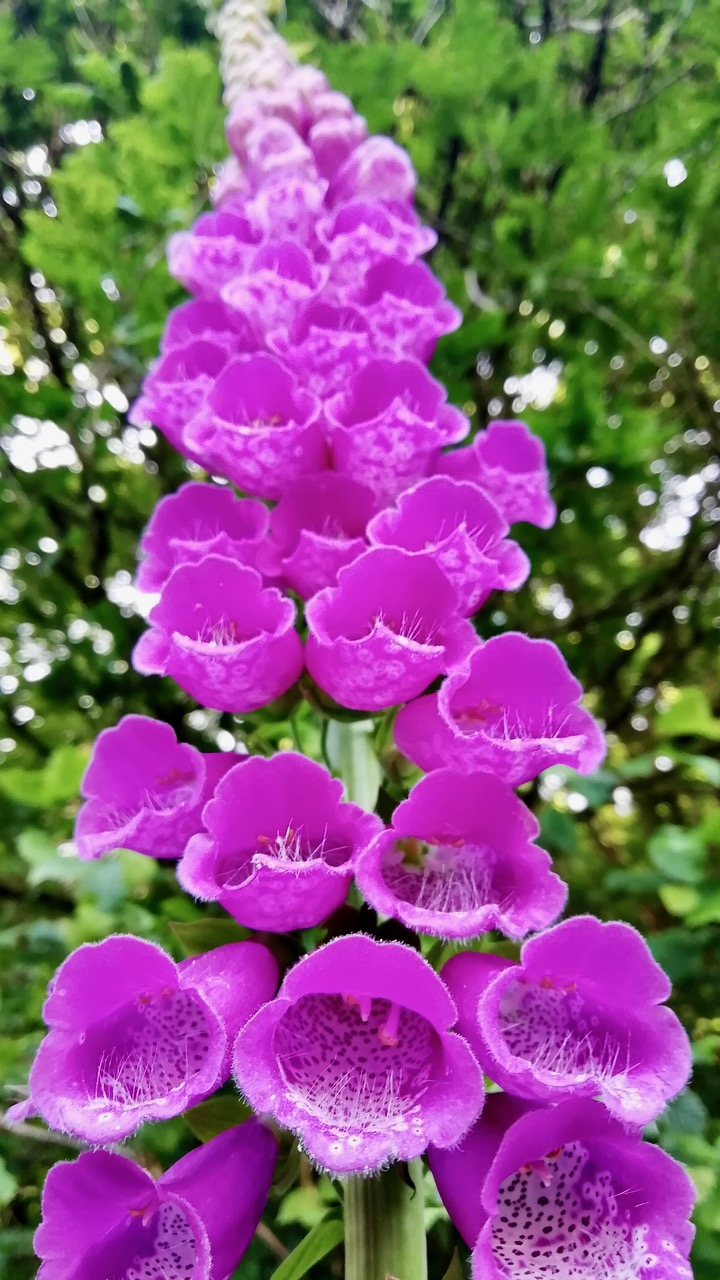Every growing season is different – but with gardeners across the country agreeing that this year’s is downright odd, have we reached a tipping point in our gardens and greenhouses?
What word would encapsulate your gardening experiences this year – or, for that matter, since last autumn? Unusual? Peculiar? Weird? Abnormal? Only one nails it for me: odd.
We had record amounts of rain up until spring, causing floods and cold, sodden soil, and the first half of June has been, in most areas, way under par temperature-wise. Here in Eryri, we’ve had barely a breath of frost (and no late spring freezes to nip at my stay-in-the-ground dahlias or blacken bracken’s first fronds). The sun has been hiding much of the time; my greenhouse has struggled to warm up under its insipid rays. Insects of every hue are still largely playing truant; the bumble’s buzz was ominously absent during spring’s feeble, chilly dandelion show.

It’s easy to pass this off as the UK weather’s usual fickleness, but it feels – at least to this lifelong gardener, rooted in and attuned to a patch for 20-plus years – like there’s more to it. There’s a sense, a hunch, gleaned from being regularly immersed in and collaborating with nature – like only we gardeners are – that we’ve quietly passed a point in time when nothing will ever be quite the same again. With trowel on heart, this has been the oddest gardening spring of my last 21.
We know that our living world is changing around us. Climate breakdown is speeding up as we burn increasing amounts of fossil fuels, with no sign of any meaningful effort to begin making the drastic, urgent cuts needed to bring humanity’s climate-altering emissions down (which in turn will involve a dialling down of our everyday, profligate lives here in the global north). Scientists are baffled by odd things happening on a global scale, such as the sudden increase in ocean temperatures, which can’t yet be fully explained, but bode badly for the more extreme weather events that are already causing death and destruction around the world (warmer oceans spawn more dangerous weather).
Reading exchanges on social media is a good way to spot trends and shared experiences when it comes to odd stuff happening. I’d seen enough anecdotal reports from folk with a keen interest in nature and/or gardening to know I wasn’t alone in imagining that the first half of this year has been other than normal. To dig deeper, I posed this question on X (formerly Twitter): ‘What’s the oddest stuff happening in your garden or allotment right now?’ Any comfort in knowing my own imagination wasn’t misfiring was tempered by how discomfiting others’ observations were.
‘Plants are hardly moving’; ‘We don’t talk about the chillies and cucurbits’; ‘Brassicas are a waste of time’; ‘Our rhubarb just rotted away’; ‘Broad beans were shredded by wind’ and ‘Greenhouse tomatoes are half the height they should be’ were among the replies. On the garden wildlife front, ‘Slugmageddon’; ‘More slugs than I ever thought possible’; ‘Barely a butterfly for a month’ and ‘I’ve only seen one red admiral’ mirror my own experience (our insect allies are in marked decline anyway, hit hard by pesticide use, and this peculiar spell isn’t helping). Here, pristine stinging nettles wait patiently to be devoured, yet so far there are no lepidopteran diners. Although lady’s smock put on a good show, the orange tip butterflies whose larvae feed on them were few, fleeting and far between.

One person described counting over 100 red mason bee pupae hatching this spring, but only half a dozen new nests had so far been made – and they’d seen zero leafcutter bees. At most I’ve encountered a couple of queen common wasps, but the usual cat-and-mouse checks to see where they might be sneaking into the loft to nest hasn’t been necessary. For some, molluscs – which had it cushy during our largely non-winter – have created havoc never seen before; one reply told of beetroot seedlings being completely eaten by slugs, along with, for the first time ever, runner beans.
Some of the oddness being felt by others chimes with my own. My stay-put dahlias barely have a bud on them (I’d normally expect blooms by mid-June), while some have adopted weird ‘two-phase’ growth, producing, when they finally woke up, a flush of smaller leaves, followed now by much bigger ones. They weren’t even tickled by frosts, but bear slugmageddon scars. My sun-powered greenhouse has lacked, well, sun, meaning long spells of coolness and, so far, sluggish tomatoes. (Washing the glass down felt like a portent of less than ideal weather. I never learn.) Trusses seem fewer, but fruits are setting.
The cool, sunless spells set the potted strawberries back; they struggled to grow leaves and finally flower, even cosseted in my greenhouse, and were feasted on by aphids until the hoverflies – who’ve been reliably around through cool and gloom – moved in and gobbled them up. The fruits are tasty, but erring on the small side.
Frost-free gardening might have its advantages, but not for those of us relying on spring frosts to help stymie the relentless march of bracken. I love bracken for its composting qualities, its value as mulch and its sheer tenacity, but I don’t want it in my beds. I’ve eked my garden from a bracken-ridden bank, but it now feels like Pteridium aquilinum suddenly wants its territory back. A bracken pull around this point in the year has previously been sufficient to keep it in check, but fronds are now appearing in new, unexpected places all over the garden, and as soon as one is yanked up, another replaces it. I can’t pin this down, other than musing that a mild winter combined with a lack of frond-killing spring frosts has given it renewed zest. It’s certainly odd.

There seem to be some upsides to these weird past months. Perennial plants seem to be doing well, which you would expect; established plants are buffered against topsy-turvy weather, unlike those raised from seed, which have to give it their all whatever the growing conditions. Here, chilliness teamed with dampness and gloominess has resulted in extraordinary lushness; Thalictrum ‘Elin’, which usually matches my 1.8m, is well over 30cm taller than me this year, and is only just opening its first blooms. But it jarred to read on X ‘Best roses ever!’ when my own are still just fattening buds. I’ll pass on how lush the bracken is…
Overwintered greens have been among the winners of this weird time, their inherent leafy lushness no doubt benefiting from cool dampness. But the reply ‘Our kales and purple sprouting have been super! Yes, we grew them under nets, but even so there’s not a butterfly or caterpillar in sight’ again hammered home the widely experienced absence of insect life. We might celebrate a dearth of caterpillars, but then what, if they ever turn up, are the wasps – and so much other wild life – going to eat?
Foxgloves here are luxuriant, huge and superabundant – unsurprisingly giving us a clue that biennial plants will thrive through months of cool, damp conditions. The only anomaly is that ‘peak foxglove’ usually happens in April into May, not at the end of June (some flowers are only just opening), and even now in the hot sun (yes, really), bumbling visitors to their velvet purple gloves are missing. The air’s barely buzzing.
We garden in shifting, uncertain, worrying times. Each of us will experience our reshaping natural world in different, subtle ways in our own gardens, but we’ll have shared experiences echoing the enormity of unstoppable, unpredictable change, too. Tuned in to nature, we’ll know and feel it more than most.
There’s one thing we can be certain of: things can only get odder.
Text and images © John Walker
Join John on X @earthFgardener


